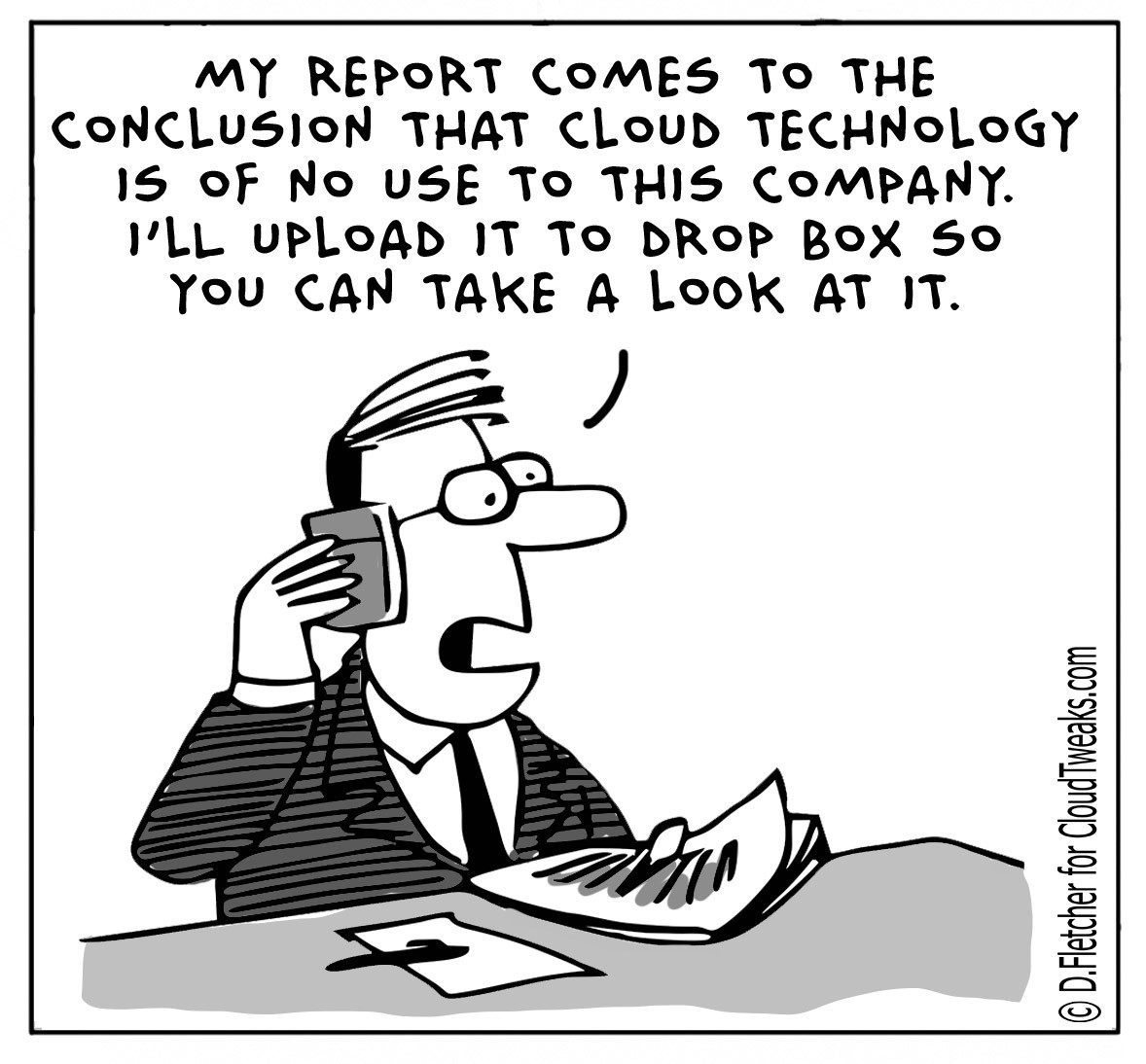Keeping up with the times is now a need for any company since the world is always changing, and this is the reason digital transformation is so important. The cloud plays a crucial part in this transition, acting as a catalyst for change. Cloud-based business models encourage companies like Swoop Broadband to embrace newer channels to provide high-level customer experiences by classifying their strategy and implementations from the prevailing market competitors. Today, every organization defines its efficiency through the user experience.
What Exactly Is Cloud Computing, and Why Is It So Important?
To put it another way, “cloud computing” means the process of data storage, management, analysis, and security that uses an online network. Businesses may effectively manage their administration, expedite operations, boost productivity, reduce expenses and enhance the client’s digital experience by storing data in the cloud rather than on physical devices.
Different Types of Cloud Computing
There are three main types of cloud services, which are as follows:
SaaS (Software-as-a-Service)
This method uses a third-party cloud provider to store and deliver software programs to consumers across the globe. SaaS solutions include, but are not limited to, Google Apps, BigCommerce, Dropbox, and HubSpot.

IaaS (Infrastructure-as-a-Service)
Second, third-party suppliers supply software and hardware tools, operating systems, and databases or computer platforms designed to develop Internet-based applications. There are a number of options, including Windows Azure, Google Cloud Platform, Heroku, etc.
PaaS (Platform-as-a-Service)
Third-party vendors may provide access to computer resources such as storage, data centre space, network components, or servers. The likes of Vultr, Rackspace, Digital Ocean, and others are examples.
The Use of Cloud Computing Facilitates the Transition of Businesses Into Digital Ones.
Companies that want to stay ahead of the competition and add value to the business must be willing to undergo a digital transformation when the time comes and replace their aging IT infrastructure with a modern one. In addition to using cloud services, a firm should make use of cutting-edge technologies like artificial intelligence (AI), machine learning (ML), big data analytics (BDA), and the Internet of Things (IoT), among others. Cloud computing provides a way to merge these technologies since they demand a lot of computing power and storage space.
- Flexibility: Cloud computing helps organizations save money since they don’t have to set up and maintain their own IT resources in-house, allowing them to focus on their core business.
- Cost-Effectiveness: A scalable framework model allows firms to pay only for their services, allowing them to adjust to changing business needs. If a company is looking for a less-priced option, they don’t have to worry about setting up and maintaining a large IT infrastructure.
- Security: Security breaches, such as cyber-attacks and cyber threats, may affect any data or personal information that is lodged in-house. Instead, a distributed system of cloud storage may keep several copies of your data. The data on the other security nodes will not be harmed if one goes down.
- Parallel Collaboration: It is feasible to work in parallel using cloud solution architecture, eliminating hierarchies and other communication barriers. Several groups can collaborate and share data even when they are geographically separated by streamlining day-to-day activities and reducing travel time.
Customers’ behaviour is changing as a result of global digitization; thus, firms must change and adapt to this new digital environment. They should use the benefits of cloud computing to build up solid frameworks for digital transformation and cloud-enabling innovation by providing developers with a suitable set of APIs.
Analytics, functional programming, and low-code platforms can all be found in the cloud, which might be crucial for making informed decisions. Making a difference in the competition, improving customer experience and usability, and reinventing the firm by generating business value are all benefits of digital transformation.
Building a Hybrid Cloud
A new one is replacing the existing public cloud model, a hybrid cloud that combines private and public cloud resources, allowing enterprises to meet regulatory requirements, optimize costs and strengthen data security. When organizations use a combination of on-premises systems and an external cloud services provider, they may improve efficiency and operational performance while also allowing customers to manage applications in both the private and public cloud.
Companies need to focus on integrating new technology into their operations, and this can be done by moving to a cloud-based system. To be in the cloud, one must have embedded connection and intelligence, as well as the capacity to interoperate with other cloud-connected services in order to enable smart operations.
By Gary Bernstein

Gary has written for several publications over the last 20 years with his primary focus on technology. He has contributed to sites such as Forbes, Mashable, TechCrunch and several others.
